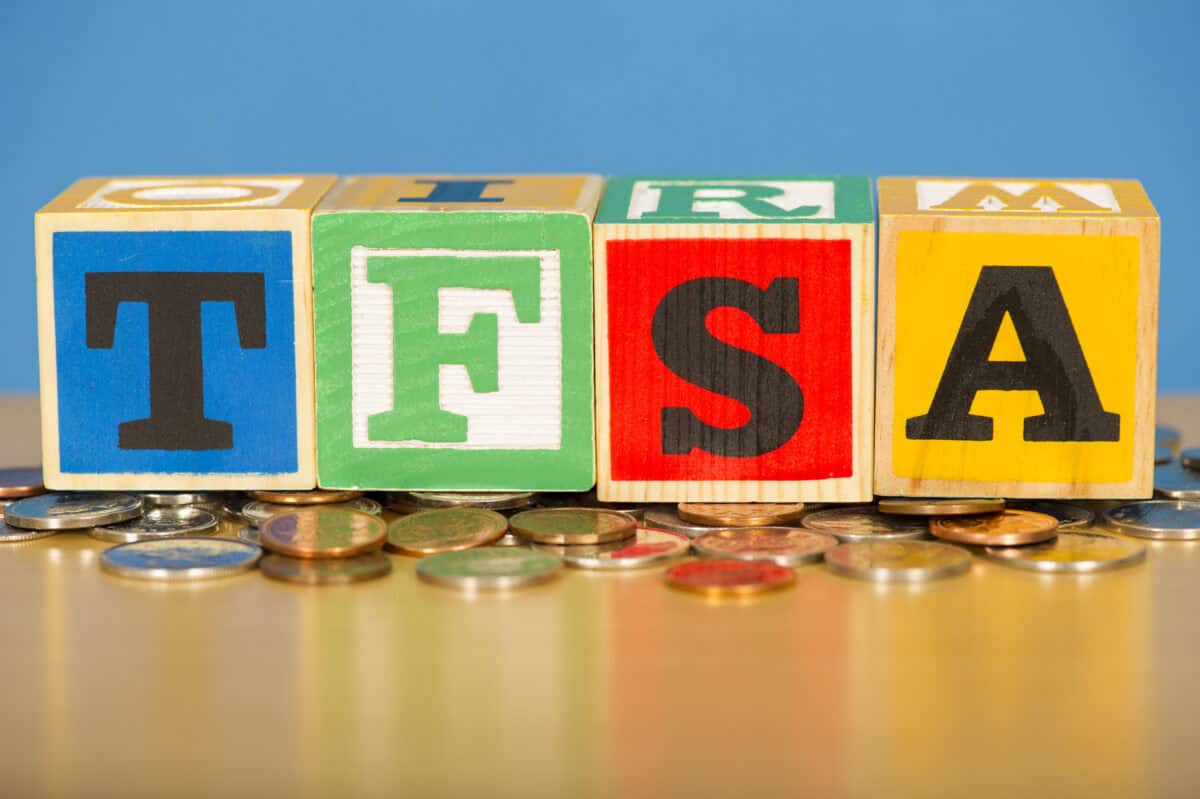The Tax-Free Savings Account (TFSA) is becoming a popular tool for investors who want to to build portfolios of Canadian investments that can generate tax-free passive income.
TFSA limit
The TFSA limit is $7,000 in 2024, bringing the cumulative maximum TFSA contribution room per person to $95,000. In 2025 the TFSA limit will likely be $7,000 again, boosting the total space to $102,000. The size of the annual TFSA limit is raised in $500 increments, linked to inflation.
For retirees and other people who have enough savings to max out the TFSA contribution, $102,000 is large enough to create a meaningful portfolio of investments that can produce decent tax-free income to complement pensions.
Capital gains, interest, and dividends earned inside the TFSA are tax-free and can be fully reinvested or removed as income. This is particularly helpful for seniors who collect Old Age Security (OAS) and already have high pension income. The CRA doesn’t count TFSA earnings when calculating net world income that is used to determine the OAS pension recovery tax, otherwise known as the OAS clawback. When net world income breaks above a minimum threshold, the CRA starts to reduce the OAS that will be paid out in the following year. In the 2024 income year, the number to watch is $90,997. Every dollar of next world income above this amount triggers a $0.15 reduction in the total OAS that a person would receive in the July 2025 to June 2026 payment period.
TFSA investments for passive income
A year ago, income investors with new money to put to work had it good. Guaranteed Investment Certificates (GICs) came with rates that were well above 5%, even briefly hitting 6% on some products. Top dividend stocks offered great yields as well, after the sell-off that occurred as the Bank of Canada raised interest rates.
The surge in the TSX this year and recent declines in interest rates are making it harder to find the same returns, but investors can still get GICs paying 3% to 4% depending on the provider and the term. Dividends are also still at decent levels from companies that have good track records of distribution growth.
For example, Telus (TSX:T) has increased its payout annually for more than 20 years and currently has a dividend yield close to 7%.
Fortis, (TSX:FTS) increased its dividend in each of the past 50 years and plans to boost the distribution by 4% to 6% annually through at least 2028. The current yield is only 4%, but each dividend increase raises the return on the initial investment. This is where dividend stocks can really shine in a portfolio compared to GICs, where the rate is fixed.
Stocks come with capital risk, as share prices can fall below the purchase price. In some cases, dividends can get cut when a company runs into financial difficulties.
The right mix of GICs and dividend stocks depends on a person’s risk tolerance, along with the minimum yield they need to generate on the savings.
The bottom line on TFSA passive income
Investors can still quite easily put together a diversified portfolio of GICs and dividend stocks to get an average yield of 5%. On a $7,000 TFSA contribution, this would generate a tidy $350 in annual tax-free passive income.









